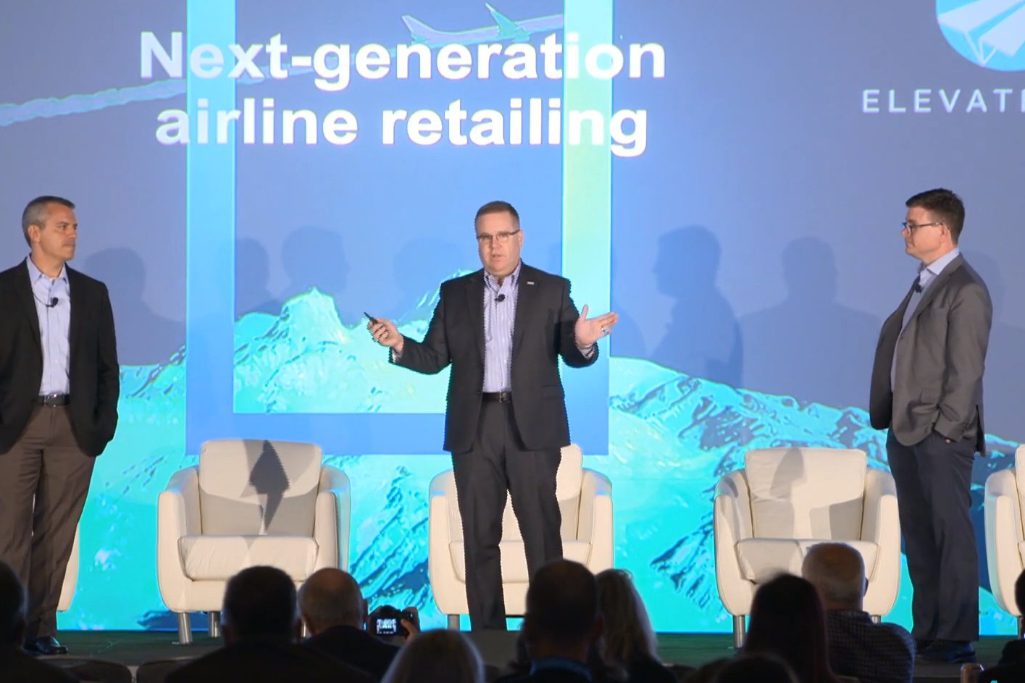TripActions Adopts U.S. Airlines' Next-Generation Storefront Effort

Skift Take
American, Delta, and United have partnered with tech firm ATPCO and business travel startup TripActions to show how they want their fares displayed on websites other than their own. Expect others to follow this model.
Three of the top distribution executives for American Airlines, Delta Air Lines, and United Airlines declared in October that they wanted online booking partners to display their airfares just like they show their branded fares on their own websites.
On Tuesday, TripActions, a corporate travel startup, began to roll out the first commercial version of the concept.
Travelers booking flights on the desktop version of TripActions will start to see more details, branding, and imagery of cabin classes and amenities. domestic and domestic-originating flights. The new booking experience works for domestic and international flights, including international to international itineraries, and for flights on joint venture partners of American, Delta and United, according to the company.
The move shows the

